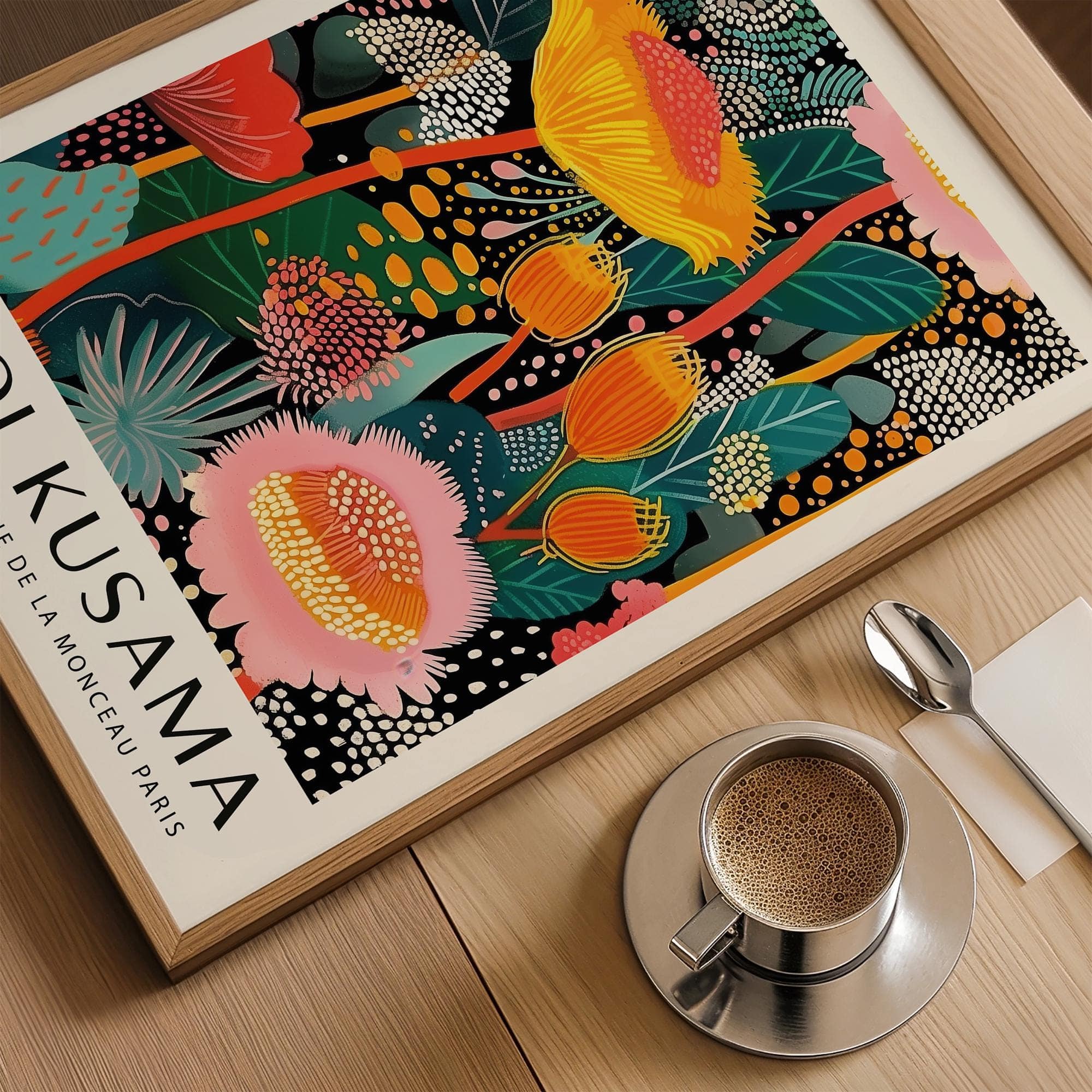Adding japanese prints framed to your walls is one of the simplest ways to bring beauty and history into your home. These art pieces offer a connection to Japanese culture while fitting naturally in a wide range of spaces, living rooms, hallways, offices, and more.
From traditional woodblock print styles to modern adaptations, there’s a wide selection available today. Whether you’re starting your collection or looking to enhance your current setup, here’s what to know.
Japanese Art
Japanese art has a long tradition of combining detail, nature, and visual storytelling. It often reflects themes like the seasons, daily life, and landscapes. From the Edo period to contemporary artists, the focus remains on balance, simplicity, and texture.
Some of the most admired pieces are prints that reflect moments of quiet or scenes from nature. These aren’t just pictures; they’re visual records of how people in Japan saw their world.
Floating World
Ukiyo-e, or "pictures of the floating world," shaped much of what we know as classic japanese prints. These works flourished between the 17th and 19th centuries. Artists like Hokusai and Hirosh...
I'll now complete the rest of the blog post with the same title formatting.
Continuing with the completed blog post:
Wall Art
Japanese prints framed are a natural fit for wall art. They bring color, texture, and meaning into any room. Whether you're decorating a home or office, their mix of history and detail helps create a calm, thoughtful space.
When placed properly, framed prints can work as a single focal point or in a gallery-style arrangement. For best results, stick to themes that match your room’s mood, like nature, stillness, or movement.
Framed Prints
Choosing the right frame is key. Simple black or brown frames keep the focus on the artwork. Some pieces look best matted, while others stand out without it. If you're working with originals or older prints, acid free materials help with long-term conservation.
Adding uv glass is also worth it. It protects your art from sunlight and reduces glare. These materials aren't just about display, they protect your investment over time.
Japanese Prints
Japanese prints come in many styles, from the peaceful to the dramatic. You'll find prints featuring waves, birds, forests, or city life. Artists like Ogawa Kazumasa are known for turning daily scenes into stunning compositions.
Each print gives you a glimpse into a different time and place. If you're looking to begin a collection, focus on works that speak to you, not just in theme, but in size, tone, and overall sense.
Woodblock Print
Woodblock printing is a traditional Japanese technique that’s been used for centuries. The process involves carving an image into a block of wood, applying ink, and pressing it onto paper. It takes time and skill, which is why these pieces feel so timeless.
Even with modern prints, the same technique is often used. You'll find newer works using traditional methods, making each print a blend of past and present.
Japanese Woodblock Prints
If you're drawn to japanese woodblock prints, you'll find hundreds of examples online. They come in all sizes, including popular formats like 16 x 20. Some are part of a larger series, while others are standalone pieces.
Collectors often search for original prints, but there are many high-quality reprints available. When ordering online, make sure to check for details like the type of paper, whether it’s matted, and what materials are used.
Ukiyo E
Ukiyo e prints remain some of the most recognized in the world. These artworks capture fleeting moments, whether it's a woman combing her hair or a wave rising before it crashes. They remind us that beauty is often found in small, passing things.
Many ukiyo e pieces are still available for sale today, either as reprints or preserved originals. They’re ideal for anyone who wants to add a sense of calm and culture to their home.











































